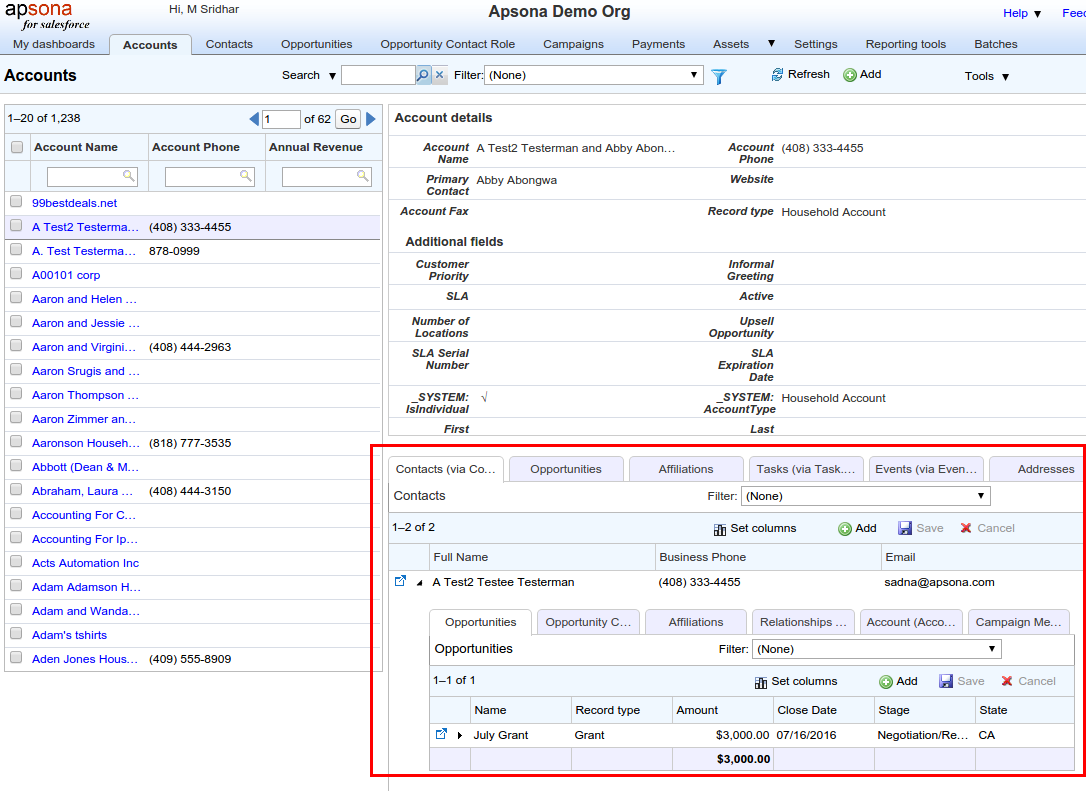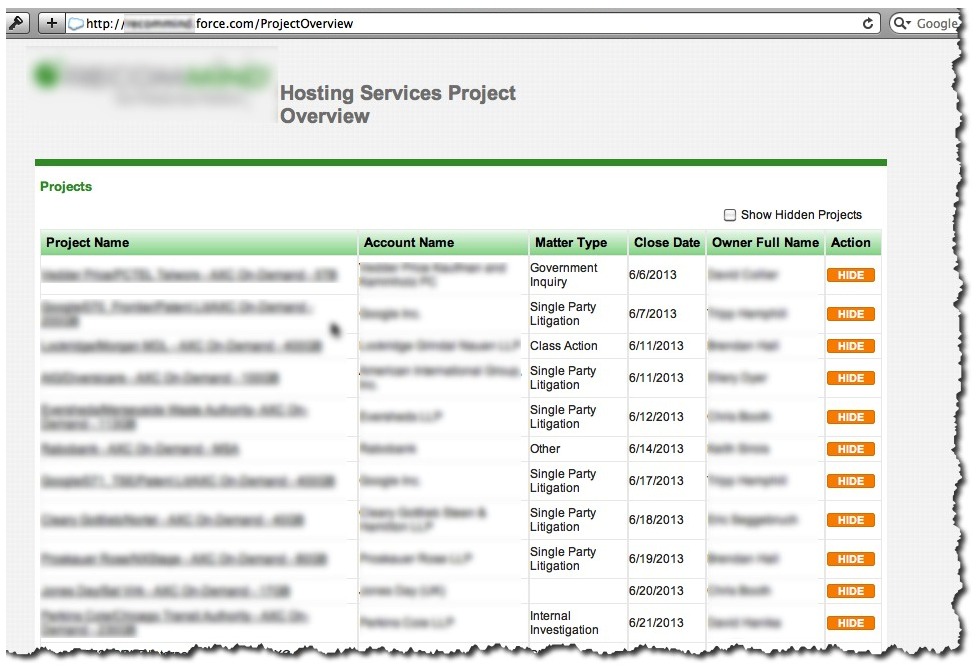

Here are the steps you need to take to create a summary field in Salesforce: Now let’s discuss the steps to create a Roll-up Summary Field in the Quote object to count the number of line items created for that. You can create roll-up summaries of the Opportunities on account records or any main object that summarizes the fields from its detailed record. This can only be created when the parent-child relationship is a master-detail relationship. The field can display the count, sum, maximum, or minimum value of related records that work on a numeric, currency, or date field. The Roll-up field automatically checks for the change in related records and then automatically updates the Master record. Roll-up summary fields are used to calculate related record values and to display master records. They can give you contact or household-specific data to view and provide a brief overview of related donations so you can get a glimpse of the donor’s engagement with your organization. Hopefully, this article has given you a complete overview of the relationships, and when to use them.Roll-up summaries are one of the effective tools in Salesforce that you can use to analyze your data without running summary reports. Learning the different types of relationships in Salesforce and when to use them, is a core part of any professionals job.

For example, it could be used to create a lookup field for the user object, which can be used to list the user’s manager. This unique relationship can only be used on the user object and is designed to create a hierarchy of users. Hierarchical RelationshipsĪ simple but commonly forgotten relationship in Salesforce is hierarchical. Read More: Introduction to Salesforce Connect for External Applications 6. Maybe that ERP system links the payment records to a bank account. Your two friends from outside of your group are now in a relationship.
#Salesforce display master record data on child manual
The owner field is not available on the detail record in master-detail relationship queues, sharing rules and manual sharing is not possible for detail records as it requires the owner field. The parent controls the record ownership of child records. Standard object record cannot be a child.īy default record ownership of child records is not controlled by the parent. Standard object record can be on the detail side of a custom object in a lookup relationship. Master-detail field is always required on the page layout of the detail record (because of the point above). Lookup fields are not required on the page layout of the detail record but if you make them a required field, it is advised! Parent record is required in order to save a child record. Parent record is not required when creating a child record. Master-Detail Relationships Lookup relationship The sweet spot with Master-detail relationships is that you can create rollup summary fields! Do take note, a single object can have a maximum of 2 master-detail relationships.


 0 kommentar(er)
0 kommentar(er)
